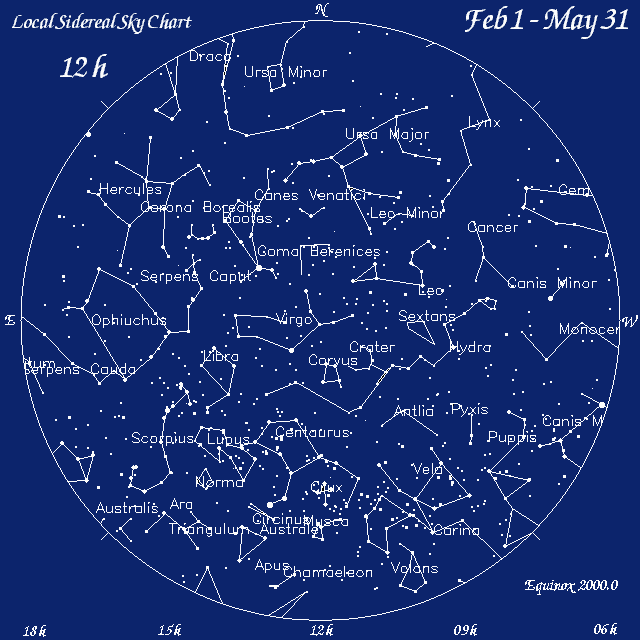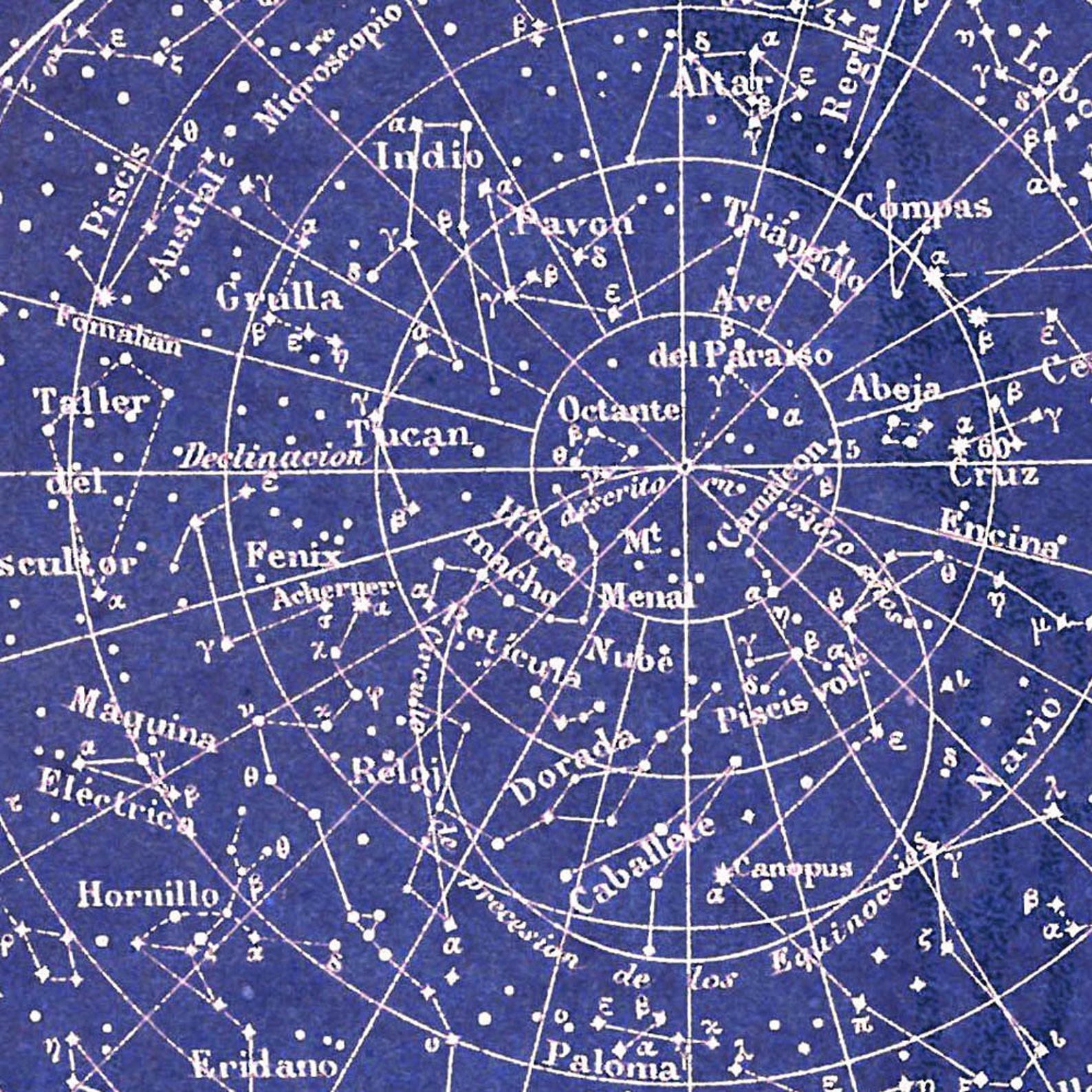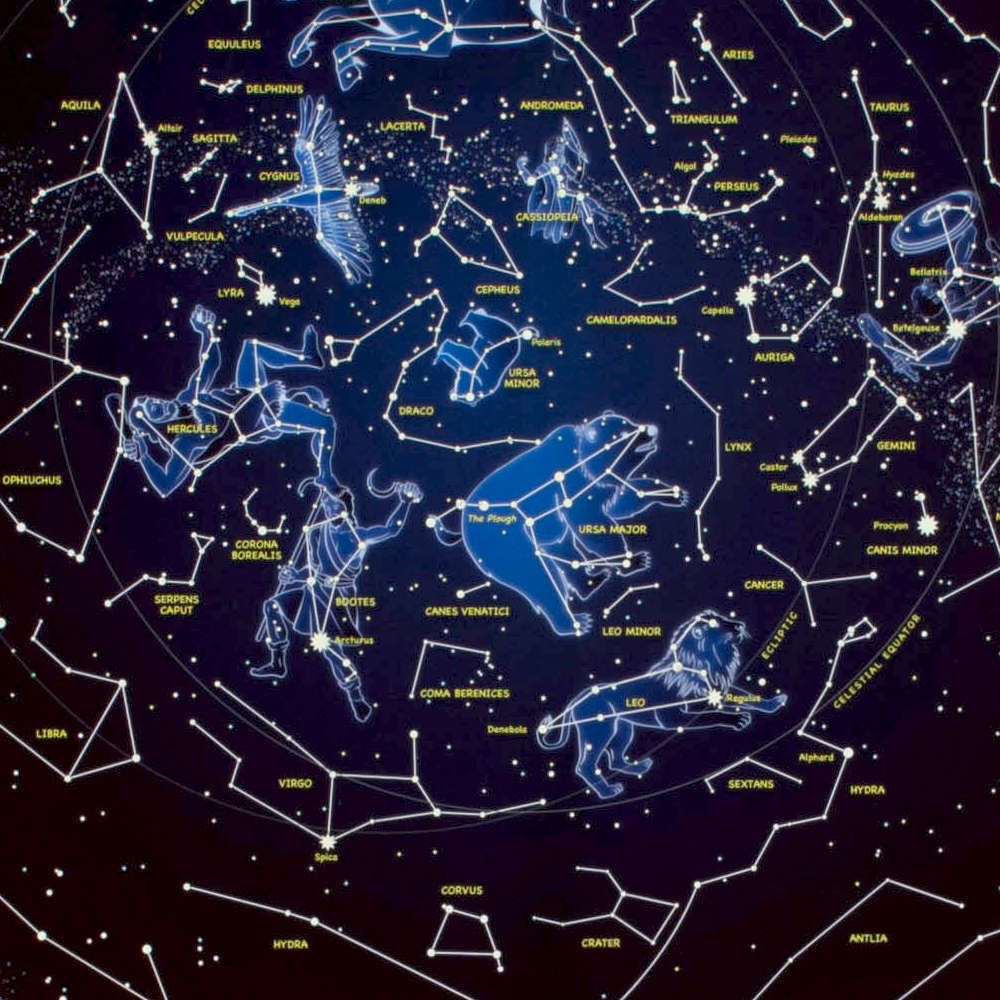

Many modern maps used by amateur and professional observers of the sky show stars, dark nebulas of obscuring dust, and bright nebulas (masses of tenuous, glowing matter). Get a Britannica Premium subscription and gain access to exclusive content. In the latter part of the 19th century, photography gave a powerful impetus to precise chart making, culminating in the 1950s in the publication of National Geographic Society–Palomar Observatory Sky Survey, a portrayal of the part of the sky visible from Palomar Observatory in California. Telescopic astronomy began in 1609, and by the end of the 17th century, the telescope was being applied in mapping the stars. The first printed planispheres (representations of the celestial sphere on a flat surface) were produced in 1515, and printed celestial globes appeared at about the same time. Numerous small metal celestial globes from Islamic makers of the 11th century onward remain. Classical Greek astronomers used maps and globes unfortunately, no examples survive. Several royal Egyptian tombs of the 2nd millennium bce include paintings of constellation figures, but these cannot be considered accurate maps. The first astronomical charts, globes, and drawings, often decorated with fantastic figures, depicted the constellations, recognizable groupings of bright stars known by imaginatively chosen names that have been for many centuries both a delight to man and a dependable aid to navigation. The much more numerous fainter celestial bodies can be located and identified only with the help of astronomical maps, catalogs, and in some cases almanacs. The brighter stars and star groupings are easily recognized by a practiced observer. In most cases, modern maps are compiled from photographic observations made either with Earth-based equipment or with instruments carried aboard spacecraft. Modern maps of this kind are based on a coordinate system analogous to geographic latitude and longitude.

Learn about the major environmental problems facing our planet and what can be done about them! Saving Earth Britannica Presents Earth’s To-Do List for the 21st Century.Britannica Beyond We’ve created a new place where questions are at the center of learning.100 Women Britannica celebrates the centennial of the Nineteenth Amendment, highlighting suffragists and history-making politicians.

ASTRONOMY STAR CHART HOW TO
COVID-19 Portal While this global health crisis continues to evolve, it can be useful to look to past pandemics to better understand how to respond today.Student Portal Britannica is the ultimate student resource for key school subjects like history, government, literature, and more.From tech to household and wellness products. Britannica Explains In these videos, Britannica explains a variety of topics and answers frequently asked questions.This Time in History In these videos, find out what happened this month (or any month!) in history.#WTFact Videos In #WTFact Britannica shares some of the most bizarre facts we can find.

Demystified Videos In Demystified, Britannica has all the answers to your burning questions.Britannica Classics Check out these retro videos from Encyclopedia Britannica’s archives.


 0 kommentar(er)
0 kommentar(er)
